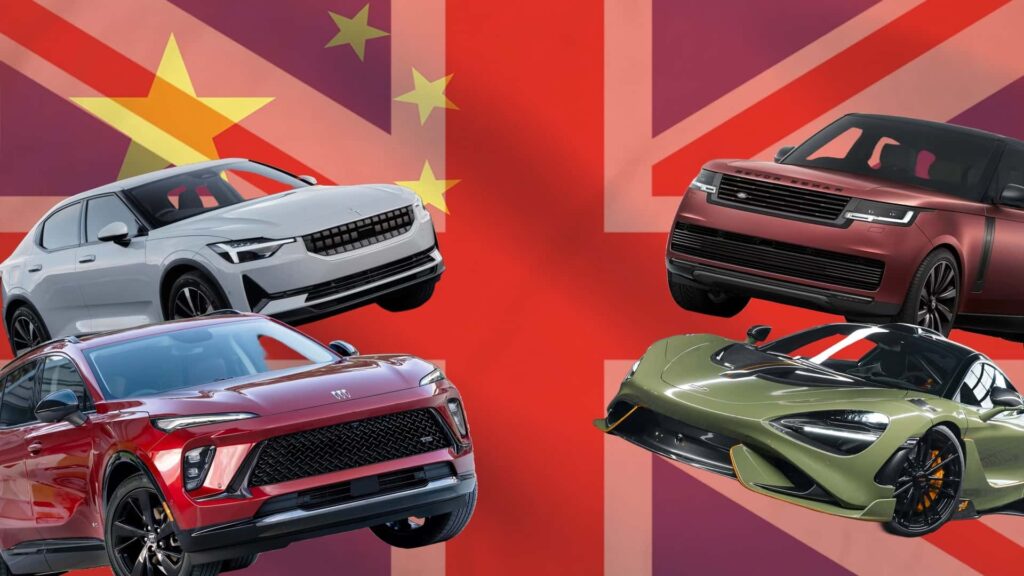The automotive industry in the United States is an ever-evolving landscape, with various brands vying for consumer attention and market share. One interesting trend that emerged last year was the surprising success of Chinese-built cars in comparison to British-built cars.
Despite the absence of any truly Chinese brands in the U.S. market, Chinese-built cars from brands like Buick, Lincoln, Volvo, and Polestar managed to outsell all cars built in the U.K. This achievement is even more remarkable considering the 25% import tariff that Chinese-built cars were initially subjected to, which later increased to 100% under the Biden administration.
On the other hand, the U.K.-built models from seven different brands, including Jaguar, Land Rover, Mini, Rolls-Royce, Lotus, Bentley, and McLaren, totaled just over 79,000 sales last year. Land Rover accounted for the majority of these sales, indicating a shift towards catering to the high-end luxury market.
The success of Chinese-built cars in the U.S. market can be attributed to their competitive pricing and the ability to offer a diverse range of models to American consumers. Brands like Volvo and Polestar have made significant strides, with the Polestar 2 selling over 12,000 units last year. The Buick Envision and Lincoln Nautilus also performed well, showcasing the growing popularity of Chinese-built vehicles.
Looking ahead to 2025, it remains to be seen whether these sales figures will hold up, especially in light of the hefty tariffs imposed on Chinese imports. Automakers may need to reconsider their production strategies and potentially relocate manufacturing to avoid the impact of tariffs. Despite these challenges, the Chinese automotive industry is poised for continued growth and success in the U.S. market.
In conclusion, the rise of Chinese-built cars in the U.S. market highlights the shifting dynamics of the global automotive industry. While British brands continue to struggle with market penetration, Chinese automakers are making significant inroads by offering competitive products that resonate with American consumers. As the industry continues to evolve, it will be interesting to see how different brands adapt to changing market conditions and consumer preferences.

